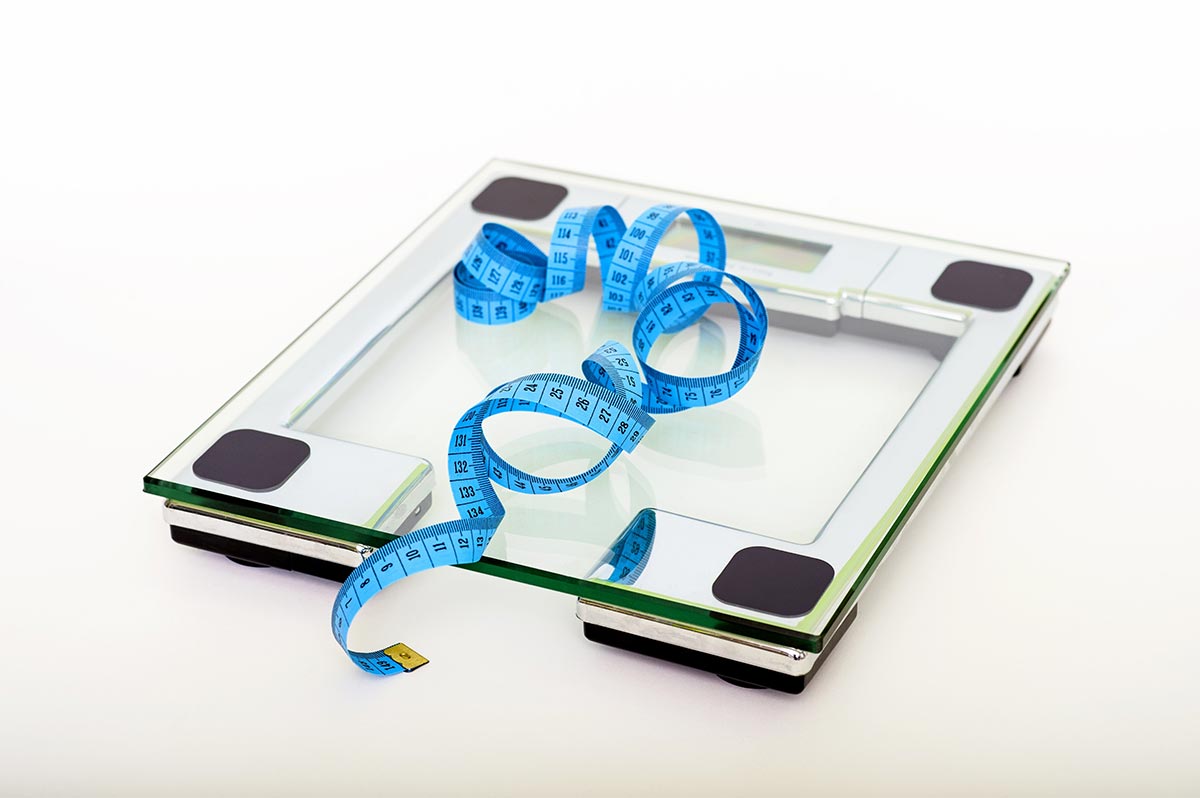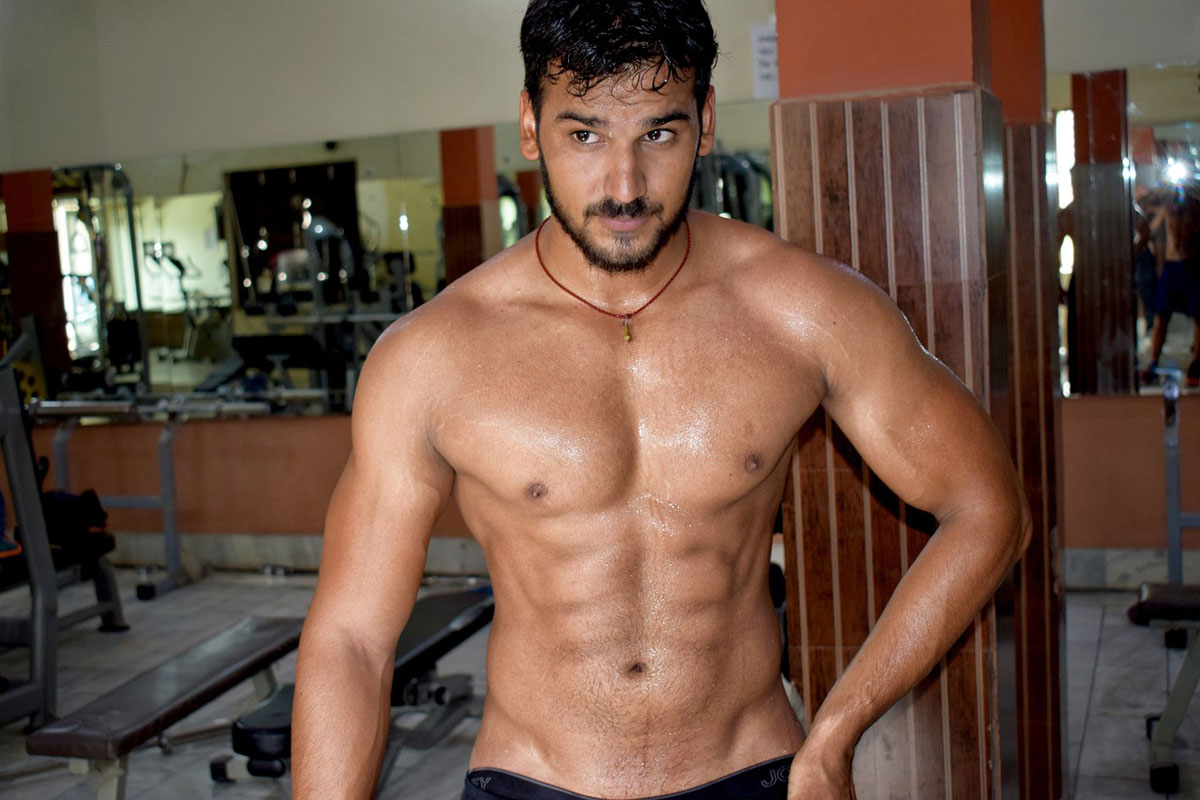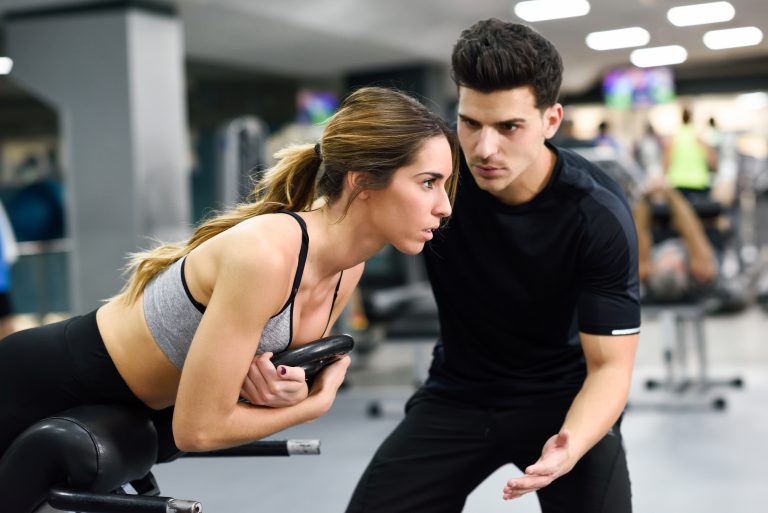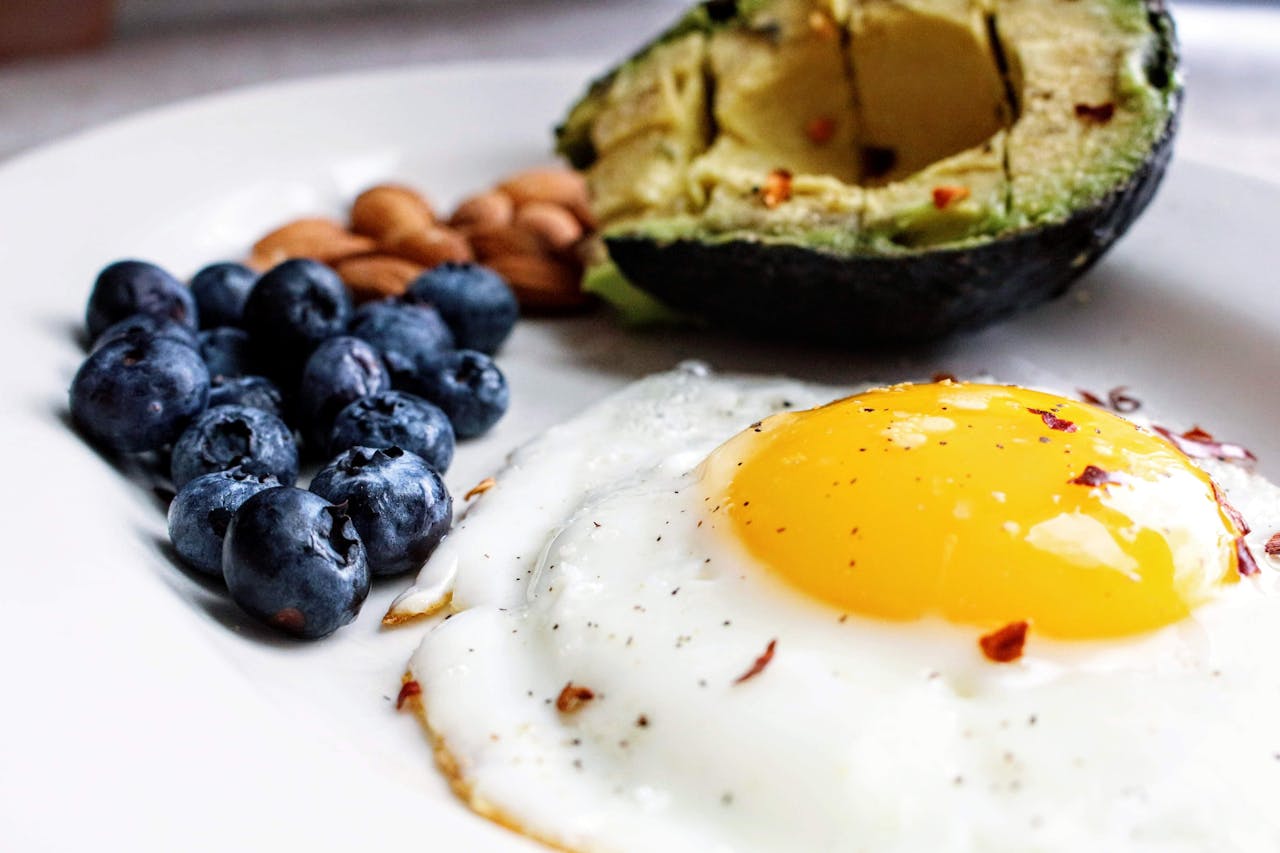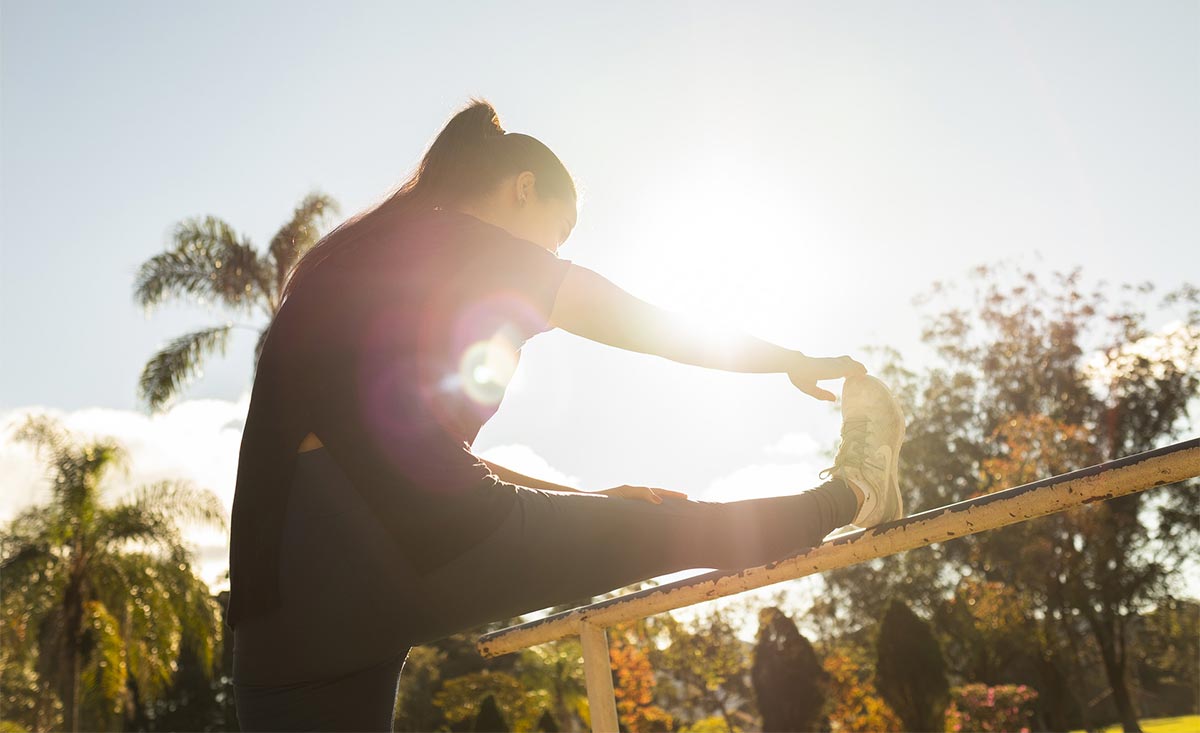The Instagram Video That Made Me Think
I recently came across an Instagram video where an athlete talked about something he called "breath time"—a casual way of referring to resting heart rate. He mentioned his was 45 in Australia, while two French athletes had values as low as 38. That stopped me mid-scroll. Not because it sounded extreme, but because it made physiological sense. And frankly, it was more informative than the average gym trainer who's more focused on protein shake ratios than parasympathetic regulation.
What Is Resting Heart Rate and Why It Matters
Resting heart rate (RHR) is the number of heartbeats per minute when you're completely at rest. It's a brutally honest health marker—no filters, no flexing, just biological efficiency. While most people sit between 60 and 80 BPM, trained athletes often measure between 40 and 55 BPM. That’s not dangerous—it’s desirable. A strong heart pumps more blood per beat and doesn’t need to race to do its job.
What a Low Resting Heart Rate Says About Your Training
A low RHR means your heart is so efficient it can pump enough blood in fewer beats. That’s stroke volume at work—the more blood your heart ejects per beat, the less often it has to contract. It’s like your cardiovascular system saying, “Relax, I’ve got this,” while untrained hearts are still panicking like interns on their first day.
Resting Heart Rate by Fitness Level: A Quick Overview
Use this simple table to get a sense of where you stand. Mouse over each row for context:
| Resting Heart Rate (BPM) | Fitness Level | Interpretation |
|---|---|---|
| 35–44 | Elite Athlete | Maximum stroke volume, high aerobic conditioning, likely endurance-based |
| 45–54 | Very Fit | Strong cardiovascular health, typical of regular aerobic training |
| 55–64 | Fit | Solid general fitness, keep it up |
| 65–74 | Average | Still within normal range, but room for improvement |
| 75–90 | Untrained | Your heart works harder than necessary—time to move |
| 91+ | High Risk | Talk to a doctor—possible cardiovascular stress or medical issue |
Aerobic Training: Smarter Than Any Supplement
Aerobic exercise—running, swimming, cycling—trains your heart to work smarter, not harder. It increases stroke volume, lowers blood pressure, improves insulin sensitivity, and makes arteries more elastic. It’s the biological equivalent of switching from dial-up to fiber optic. No supplement, sauna or TikTok hack comes close.
Do You Really Need a Gym for This?
No. Most gyms are better at selling smoothies than strengthening hearts. You don’t need fluorescent lights and loud music to improve your RHR. You need discipline, fresh air, and shoes with intact soles. Let your heart be trained by your legs, not a guy named Chad who thinks cardio is a prelude to biceps curls.
Train Your Heart Without a Watch or Device
Consistent aerobic movement conditions your cardiovascular system even if you're not tracking it. A stronger heart doesn’t brag—it beats slower. It gets more done with less effort. That’s the opposite of modern hustle culture. And ironically, it might just make you live long enough to laugh at it.
How to Measure and Track Your RHR
Measure your RHR first thing in the morning—no coffee, no scrolling, just you and your pulse. Three consecutive mornings give a decent average. If you’re below 60, you're doing well. If you're above 75 despite thinking you’re fit—maybe it's time to rethink what “fit” really means.
Your Heart Doesn’t Lie
A low resting heart rate isn’t luck. It’s earned—through consistency, movement, and real training. It's not a flex, but it should be. Your mirror might deceive you. Your heart won’t.


